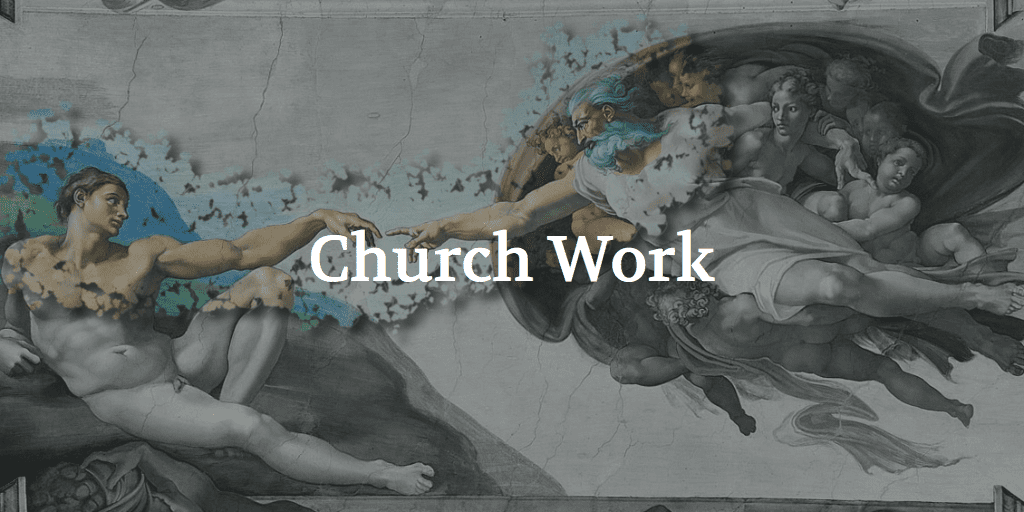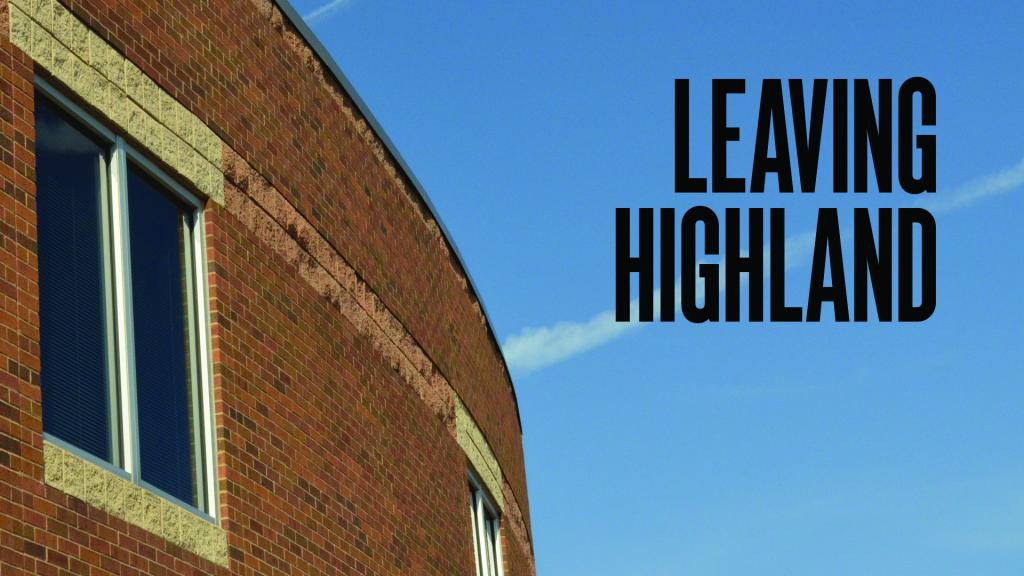 This is another post in a Friday series about both the nuts and bolts of practical ministry and how it relates to the reason we got into ministry in the first place.
This is another post in a Friday series about both the nuts and bolts of practical ministry and how it relates to the reason we got into ministry in the first place.
For the past couple of weeks Randy Piersall has been giving advice on best practices he’s seen with ministers doing funerals. In case you missed it, Randy is a local funeral home directorand one of the best people that I’ve seen at entering into people’s grief and standing with them. He’s shared tips on how to do funerals with dozens of young ministers, and today I’ve asked him to give some practical tips on the actual funeral ceremony and graveside.
Here’s Randy:
This is the last in my series of blogs on funeral service and what a minister does for a family during this time of loss. This last blog will focus primarily on the funeral service and graveside and will probably be a little more detail oriented and practical than my previous blogs.
When I began my career in this industry there were very defined traditions and nearly every funeral, regardless of faith had similar traits. There would be a viewing or visitation, a service where the minister would have a “message” and where many times a final viewing would take place, and there would be a committal or graveside service and they would occur in that order, typically over a three or four day period of time.
Today, a family may or may not have a visitation and the body may or may not be present for that visitation. The service is typically focused on the person’s life and if they had a faith, that faith is interwoven into the message about the impact that person had on others. (so the service is focused on the person more than providing a religious message)
Many times now there is a committal or graveside service which is more of a family affair than something for the community to take part in. These aspects of a funeral can take place in any order and can occur all in one day or spread out over a number of days depending on the family.
All of that to say, families have more opinions and options than ever regarding how to handle the funeral service of a loved one. As a minister it’s important that you have an open mind regarding the wishes of the family and understand that these decisions that are made about how to honor their loved one are incredibly personal.
I resolved early on in my career as a funeral director, that my goal was to make each service as unique as the life it represents and to honor the wishes of the family to the best of my ability. So, my focus is not to guide a family in the direction “I” want them to go, but rather to educate them on the options they have and allow them to make informed decisions about what works best for their family. I would encourage you as a minister to follow a similar approach.
Practically speaking there are a few aspects of a “Traditional” funeral service that I want to pass along. Always visit with the funeral director to make sure you are on the same page about how to begin and end the service. Typically if the family is being seated to start the service, you would have everyone stand while the funeral director brings the family in.
At the end of the service if there is going to be a final viewing then you, as the minister, will come forward and stand at the head end of the casket. If there is not a final viewing then the order of recessional is usually the minister, pallbearers, casket, then family. I usually will leave someone in the auditorium or chapel to dismiss people after the recessional is complete.
If the graveside service follows the funeral service then many times we will go in procession to the cemetery. In our community we are required to have a police escort and normally the minister will ride with me in the lead car. If you choose not to ride with the funeral home you have two options; you can go directly to the cemetery or you can drive your car behind the lead car in the procession.
If you choose to drive your own vehicle I would tell you to ALWAYS follow close to the lead car. (even if they appear to be lost) Once you have made it safely to the graveside you will lead the casket over to where the graveside service will be conducted. You will stand at the head end of the casket as you did at the end of the funeral service. (if you don’t know which end that is just ask the funeral director)
Once the final comments are made, you will shake hands or hug the family and then the funeral director will have the pallbearers and other people that have come to the graveside follow behind you.
Some of my most difficult experiences as a funeral director have been at the graveside. This is where the finality of death typically takes hold. This is where we come to grips with the fact that a person we love, that has been an active part of our lives until just a few days prior, is not going to be with us again, in this life.
Never is this deep sense of loss more evident then in circumstances surrounding premature death. Whether it’s the death of a infant, a sudden illness like a heart attack, an auto accident or worse, the reality of that death comes crashing down on the family because they haven’t had a long life or a lengthy illness to help them come to grips with the idea that this person they love is not going to be with them anymore.
If I were a minister the natural question I would ask here is “how in the world do you handle those circumstances?” I can’t give you the answer to that because every family and circumstance is different but I would like to share what one preacher did when faced with the unexpected death of an infant.
The parents had been dreaming of the addition of this son to their family before he was even conceived but as the pregnancy moved forward they were told their baby was not developing as it should and that he was not going to live. All the hopes and dreams of this young couple were shattered with those Doctors words and they were devastated.
What their minister encouraged them to do in their private family graveside was genius and healing and some might say brutally honest. He encouraged this couple to share their “hopes and hurts”. The hopes they had for their son and the hurt caused by not getting a chance to see their hopes become reality.
Being able to share these feelings openly and honestly with their family and closest of friends allowed them to tell a story of where they were in their heeling process. It told these people in their lives that they were not ok and they were going to need help in the coming days, weeks and months and by being transparent it gave them permission to help them.
It is a graveside service I will never forget, followed by one of the most hope filled memorial services I have ever witnessed.
As you continue to work in your ministry, my prayer is that you will find ways to take the difficult circumstances that the people around you face and still live with hope. I pray that you will build a community of faith that walks along side the hurting, gives them unconditional companionship and permission to take whatever time they need to begin to heal.










